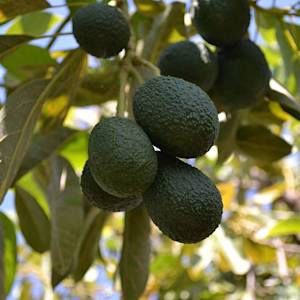Sichou Oak, Quercus sichourensis
1940s • Southeastern China
The tall evergreen oak, Quercus sichourensis, was once common in the subtropical forests in southeastern China, but beginning in the 1940s, the species began to decline, due to habitat degradation and deforestation for timber and agriculture. By one estimate, there are now fewer than ten trees left in the wild. In general, Oaks are foundation components of forests, providing food and habitat for many species, including humans. Of the roughly 530 species of Quercus, 112 are listed as critically endangered/endangered/vulnerable on the IUCN red list.
Xia, Ke, et al. “Conservation and Fruit Biology of Sichou Oak (Quercus Sichourensis, Fagaceae) – A Critically Endangered Species in China.” Plant Diversity, vol. 38, no. 5, 2016, pp. 233–37. Crossref, doi:10.1016/j.pld.2016.07.001.


Learn about Maya Lin’s fifth and final memorial: a multi-platform science based artwork that presents an ecological history of our world - past, present, and future.

Discover ecological histories and stories of former abundance, loss, and recovery on the map of memory.

Learn how we can reduce our emissions and protect and restore species and habitats – around the world.

See how art can help us rethink the problems we face, and give us hope that each one of us can make a difference.

Help make a global memorial something personal and close to home. Share your stories of the natural world.


